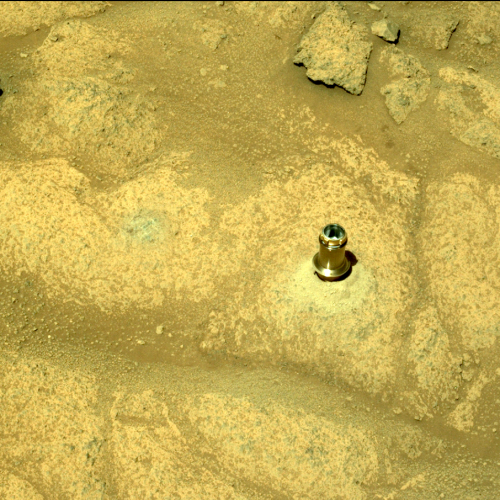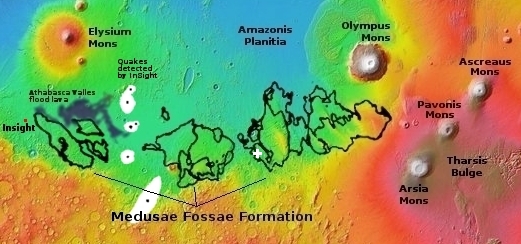In an open letter to NASA administrator Bill Nelson, Blue Origin founder Jeff Bezos offered to waive $2 billion in payments should NASA decide to switch its contract for building the manned lunar lander contract from SpaceX to the Blue Origin team, including Lockheed Martin, Northrop Grumman and Draper.
Blue Origin and its industry partners — including Lockheed Martin, Northrop Grumman and Draper — bid $6 billion to design and build a competing landing system. After SpaceX won the award, Blue Origin’s team and Dynetics, the third competitor for a NASA contract, filed protests with the Government Accountability Office. The GAO is due to rule on those protests by Aug. 4.
In his letter to Nelson, Bezos revisits the issues laid out in Blue Origin’s protest and complains that NASA “chose to confer a multi-year, multibillion-dollar head start to SpaceX” in the Human Landing System competition. He noted that NASA gave SpaceX a chance to revise its bid to fit NASA’s financial needs, and that Blue Origin wasn’t given a similar opportunity. “That was a mistake, it was unusual, and it was a missed opportunity,” Bezos wrote. “But it is not too late to remedy.”
Bezos then offered to waive all payments in the 2021-2023 fiscal years, up to $2 billion, “to get the program back on track right now.” He said that would be in addition to the $1 billion in corporate contributions that was previously pledged.
The article notes there may be some legal issues blocking such an offer. I also wonder what Blue Origins partners think about this. Has Bezos discussed it with them? Is he offering to cover their profits as well?
We must also be cognizant of one important detail: The Blue Origin team’s proposal lost the bid largely because was ranked below SpaceX’s for both financial and technical reaosns. Even more important, that team’s lander does yet not exist, even in prototype. No significant work has been done. And Blue Origin itself has so far failed to launch anything into orbit, with its orbital rocket New Glenn two years behind schedule. None of this inspires confidence.
SpaceX meanwhile has been test flying its Starship lander in repeated flight tests, demonstrating its capabilities.
Consider this bidding war from a custoner’s perspective. Blue Origin has yet to prove it can build what it promises. SpaceX is already doing so. And it bid less as well.
On August 4th the GAO will rule on the protests of both losers, Blue Origin and Dynetics. Anything can happen, but I strongly expect them to rule in favor of NASA and SpaceX.
And even if they do rule that the contract must be rebid, the bottom line remains: Blue Origin has got to stop trying to win its contracts in the courts, and finally start build the orbital spacecraft and rockets it has been promising for years. I have every faith it can be done. Bezos just has to get his company focused once again in doing so.














